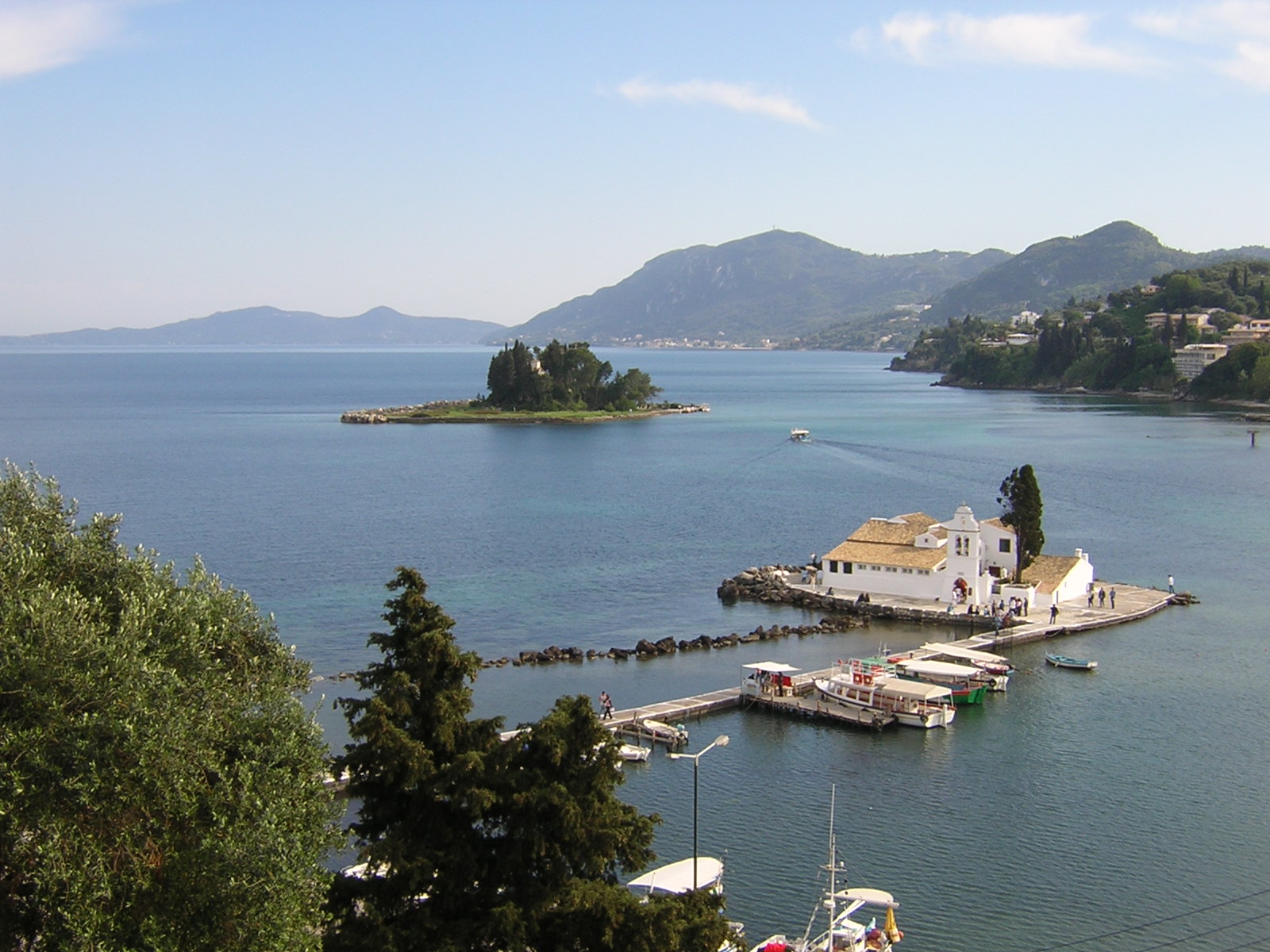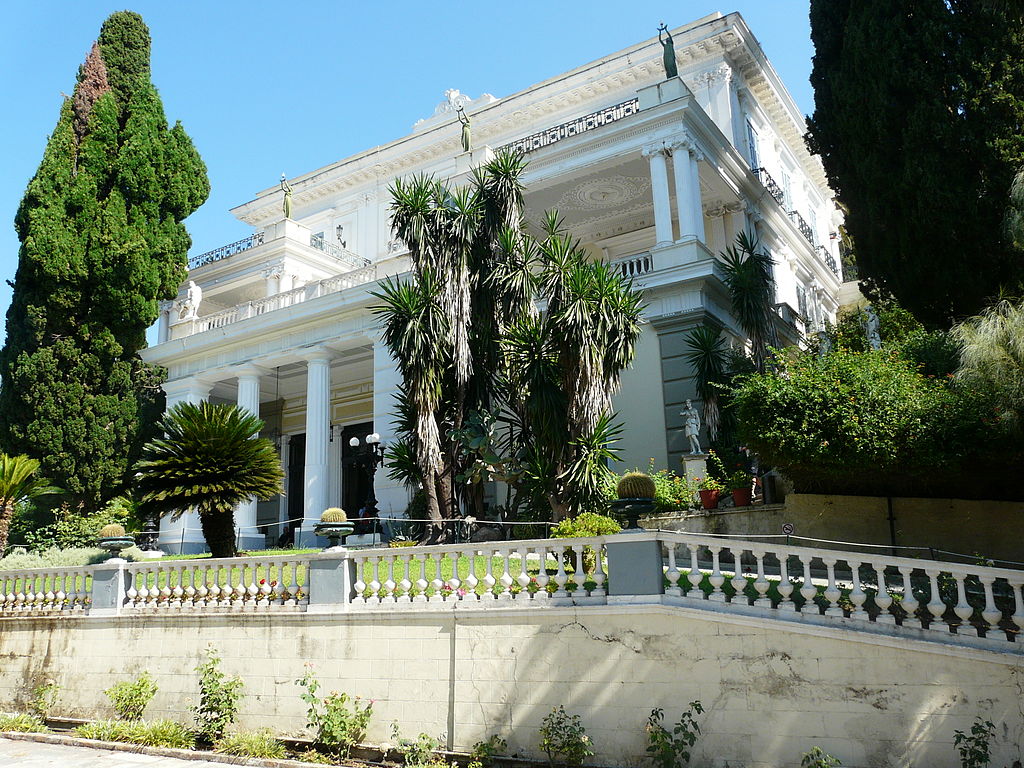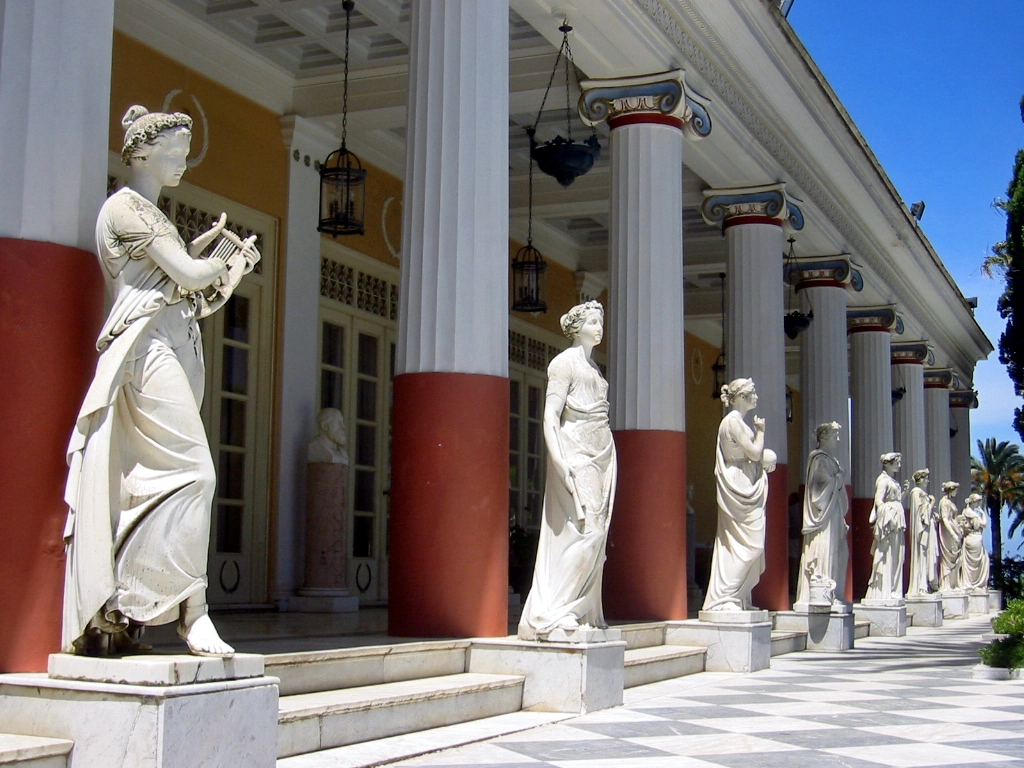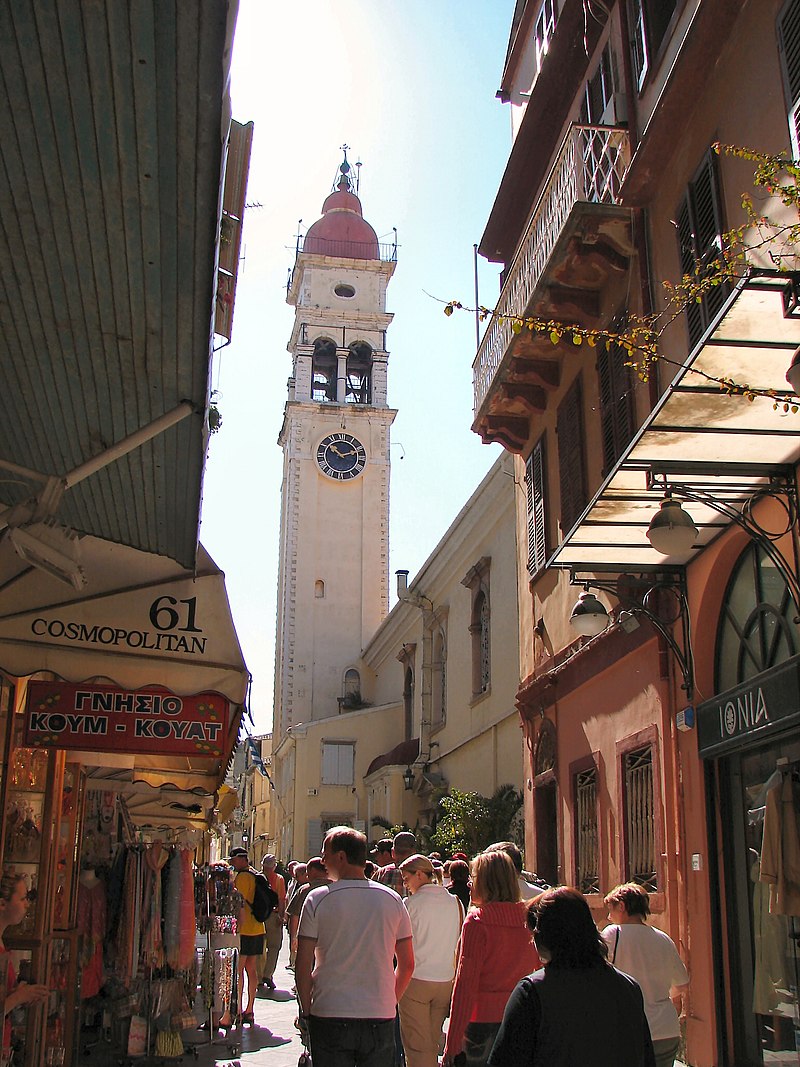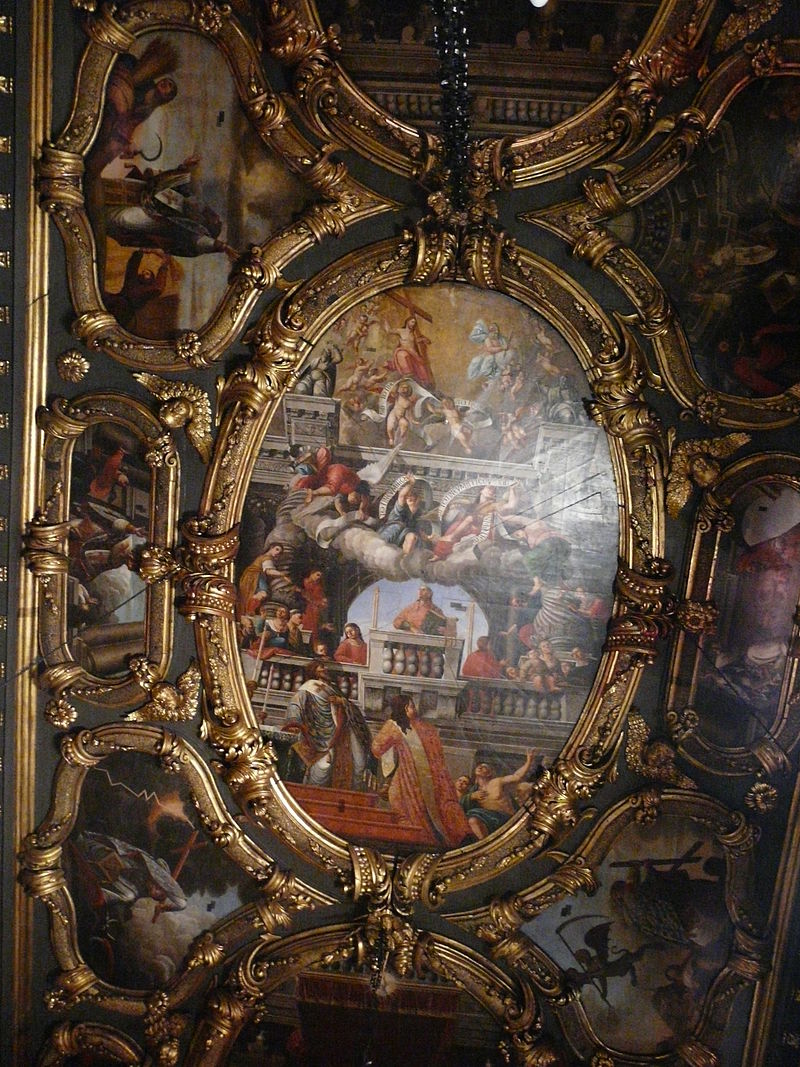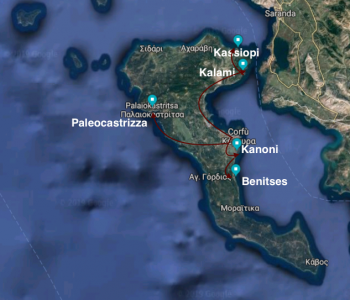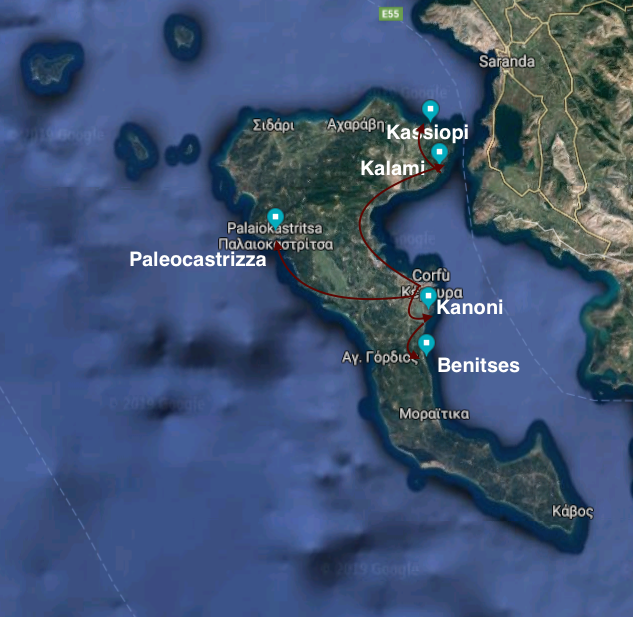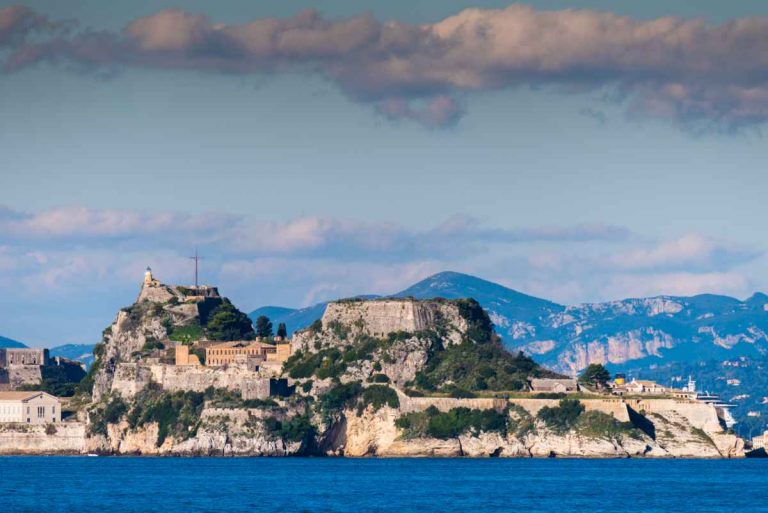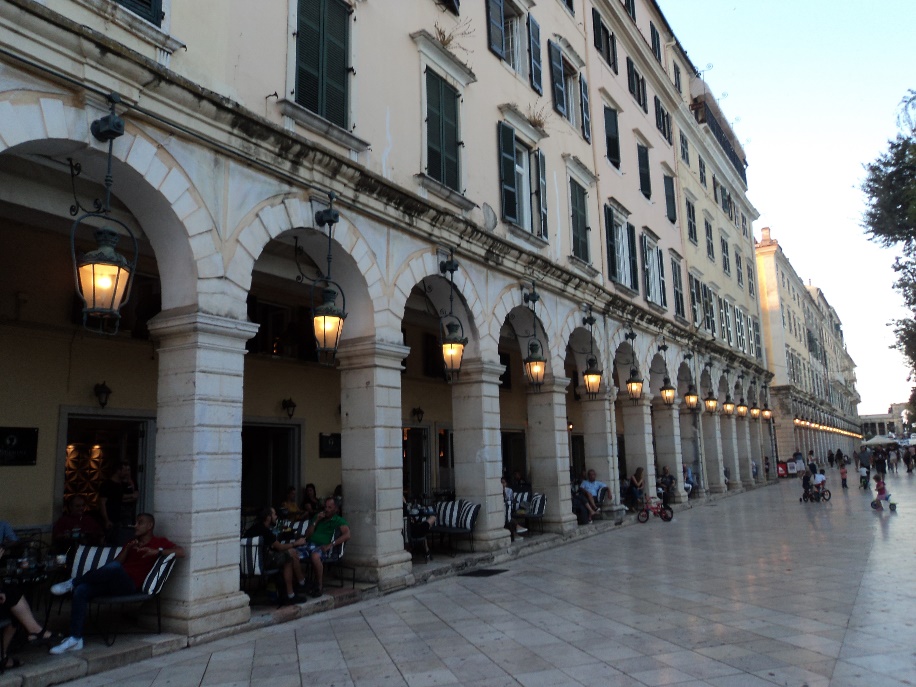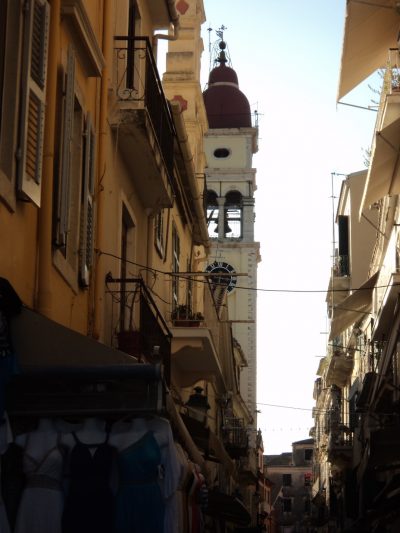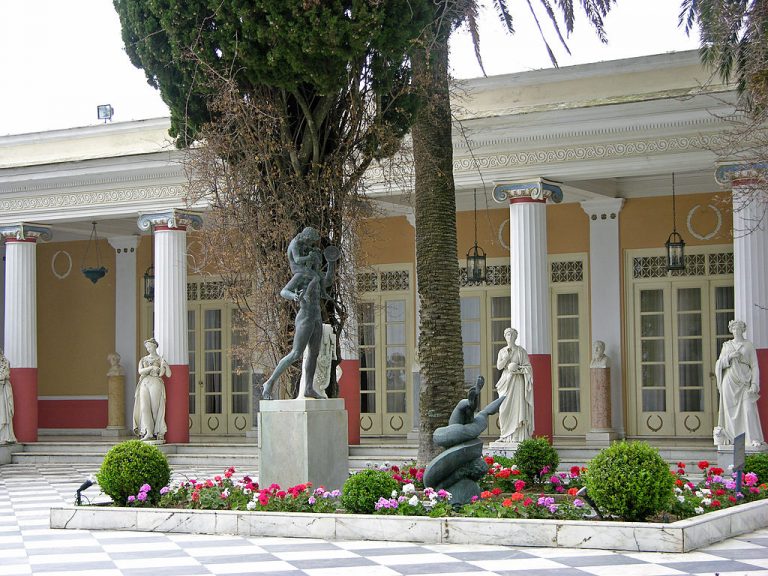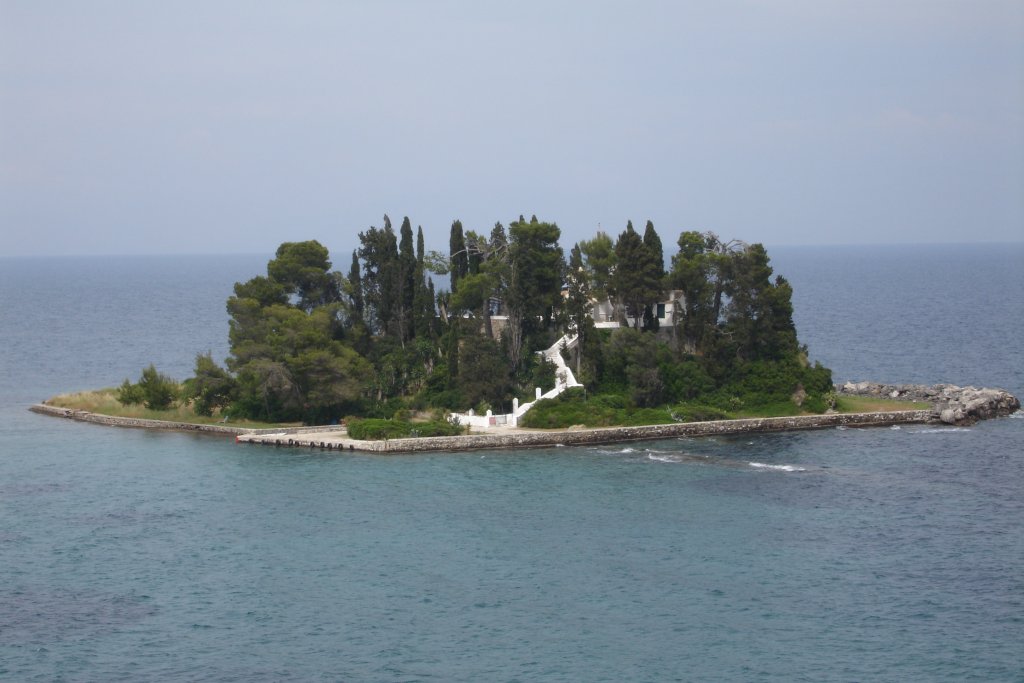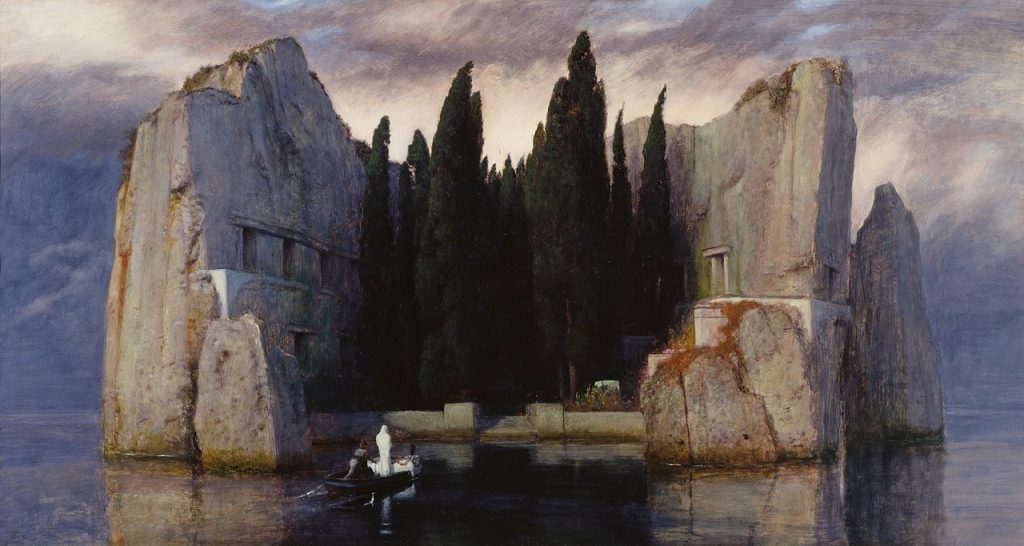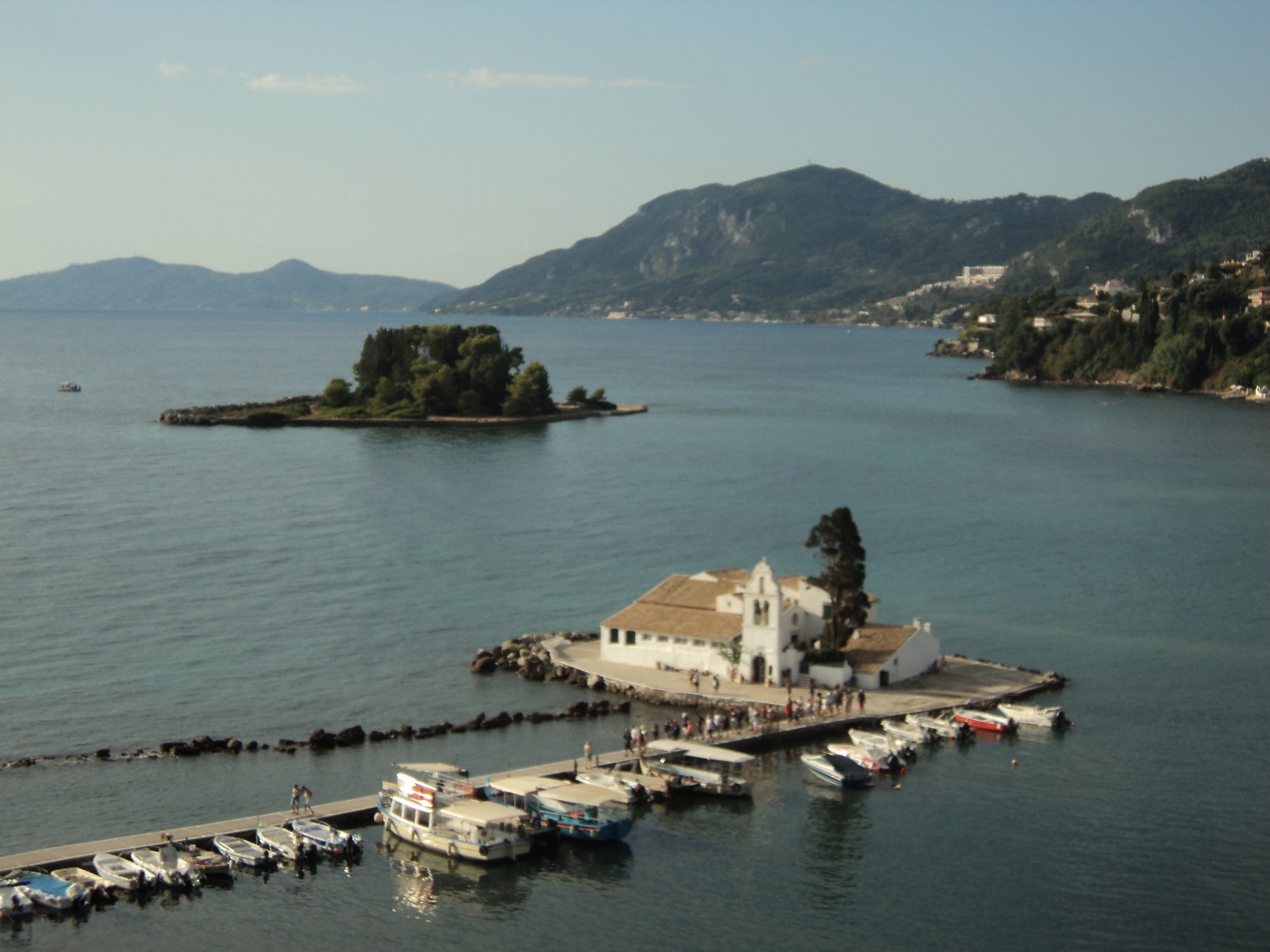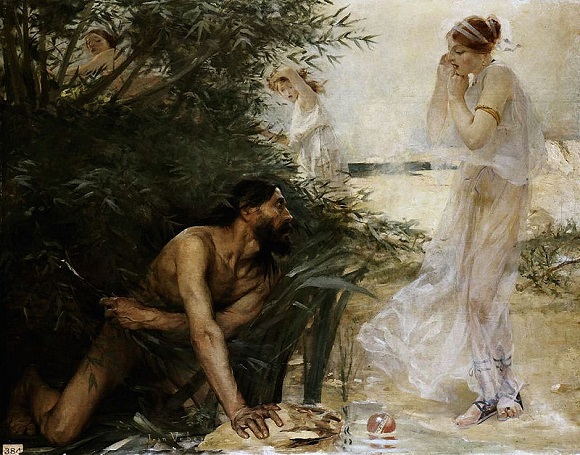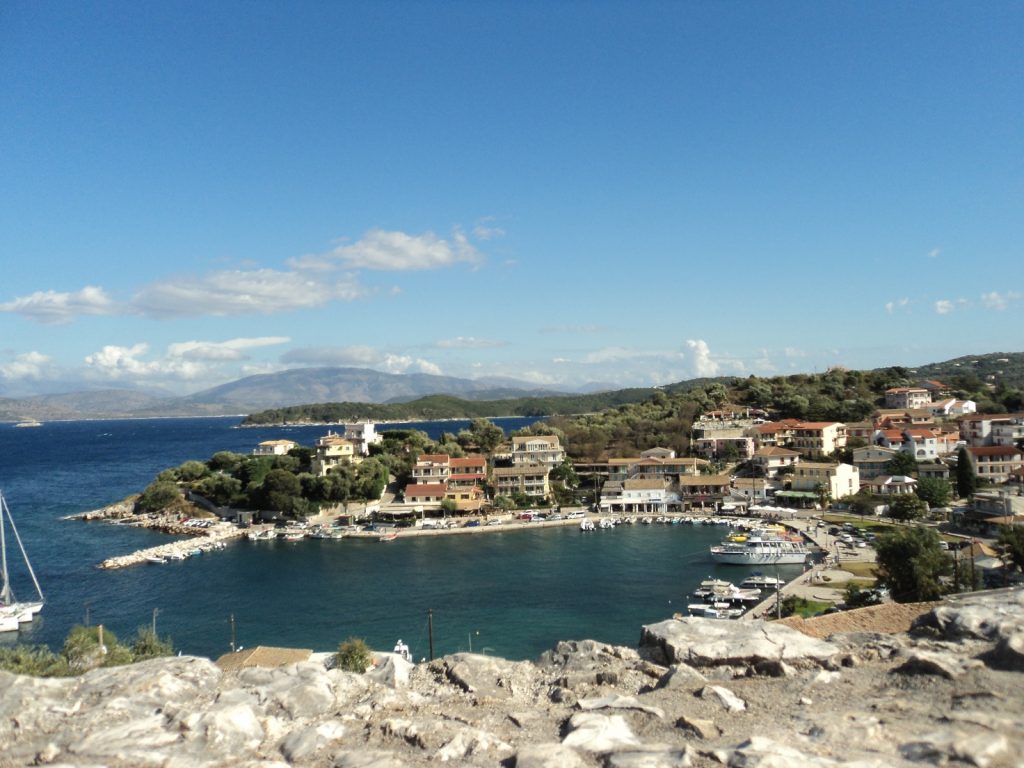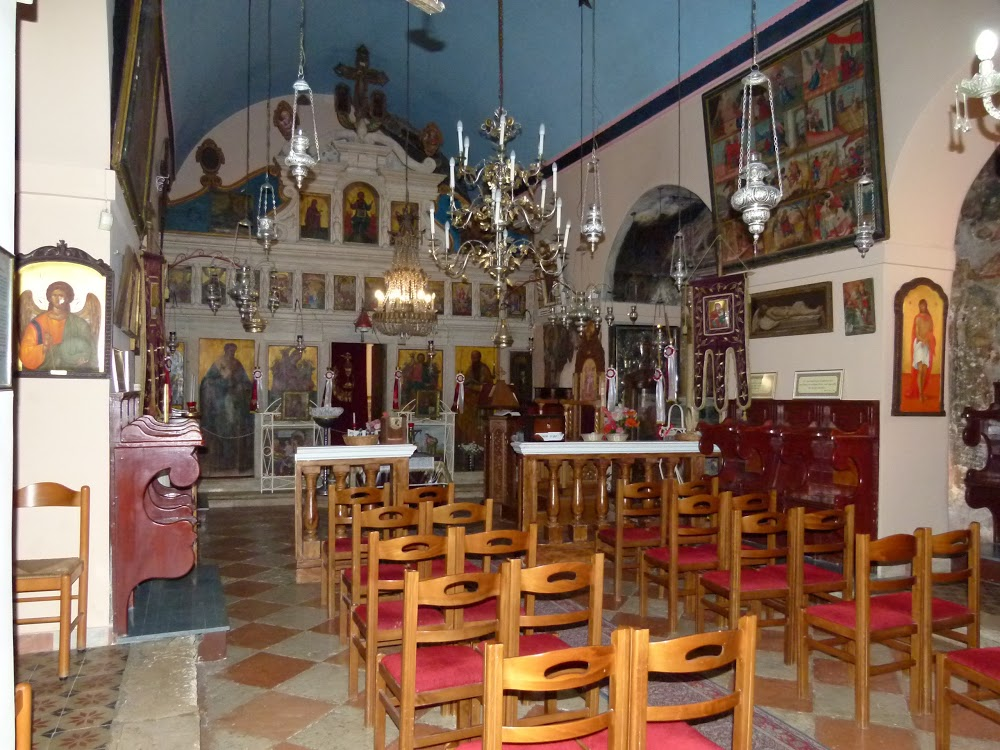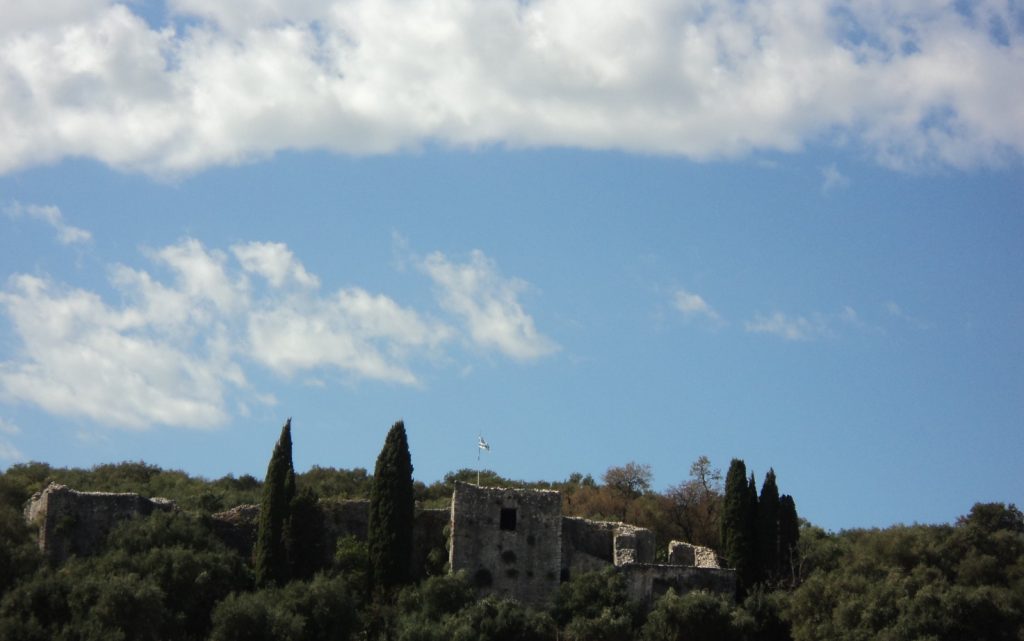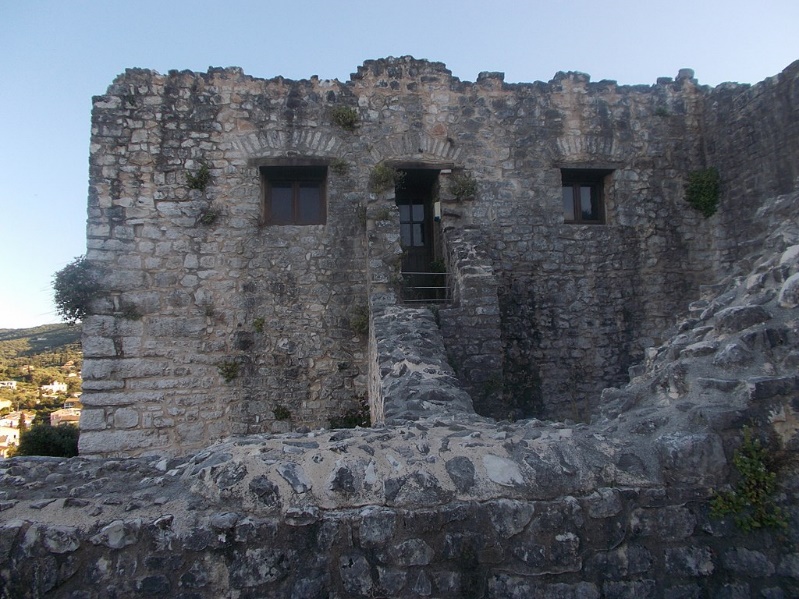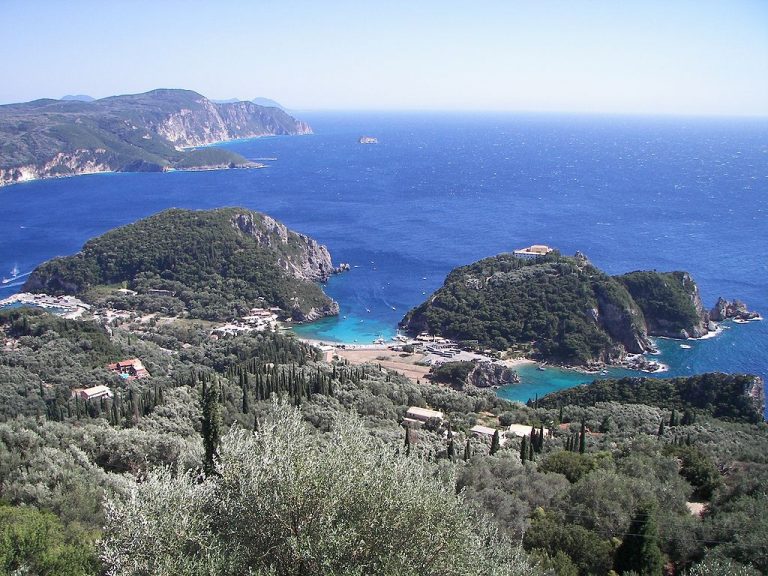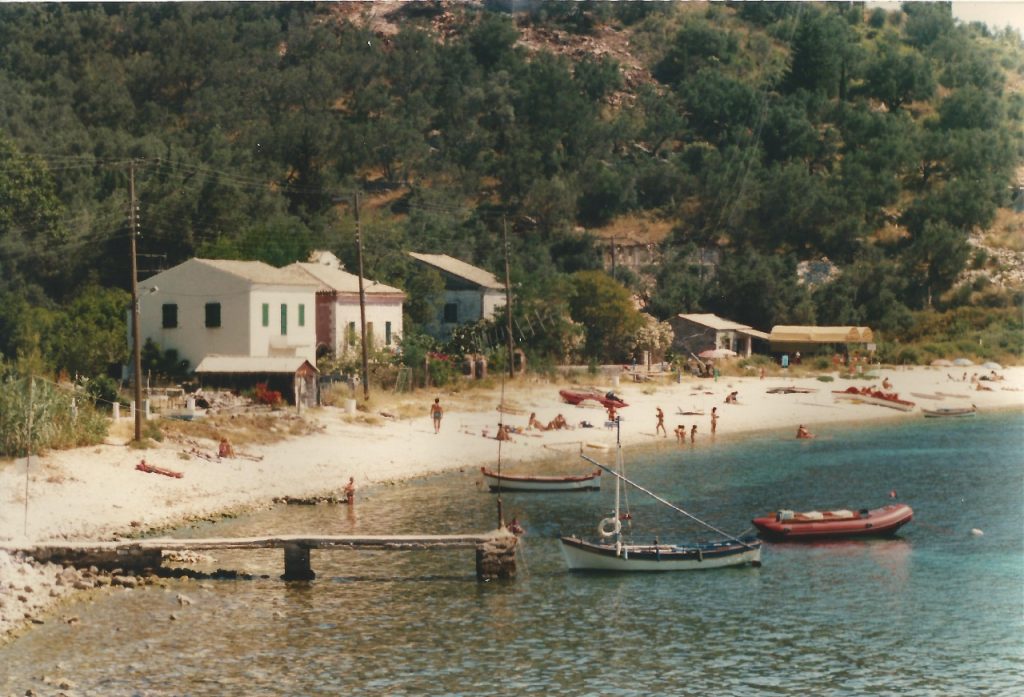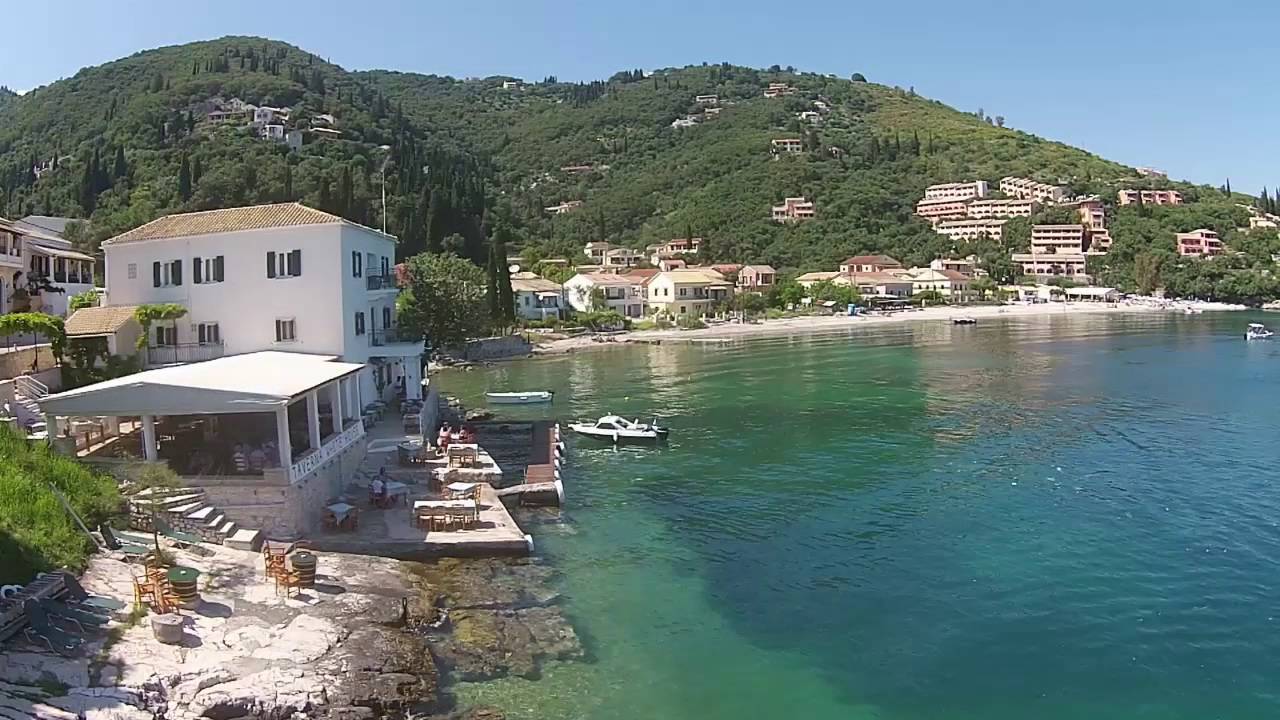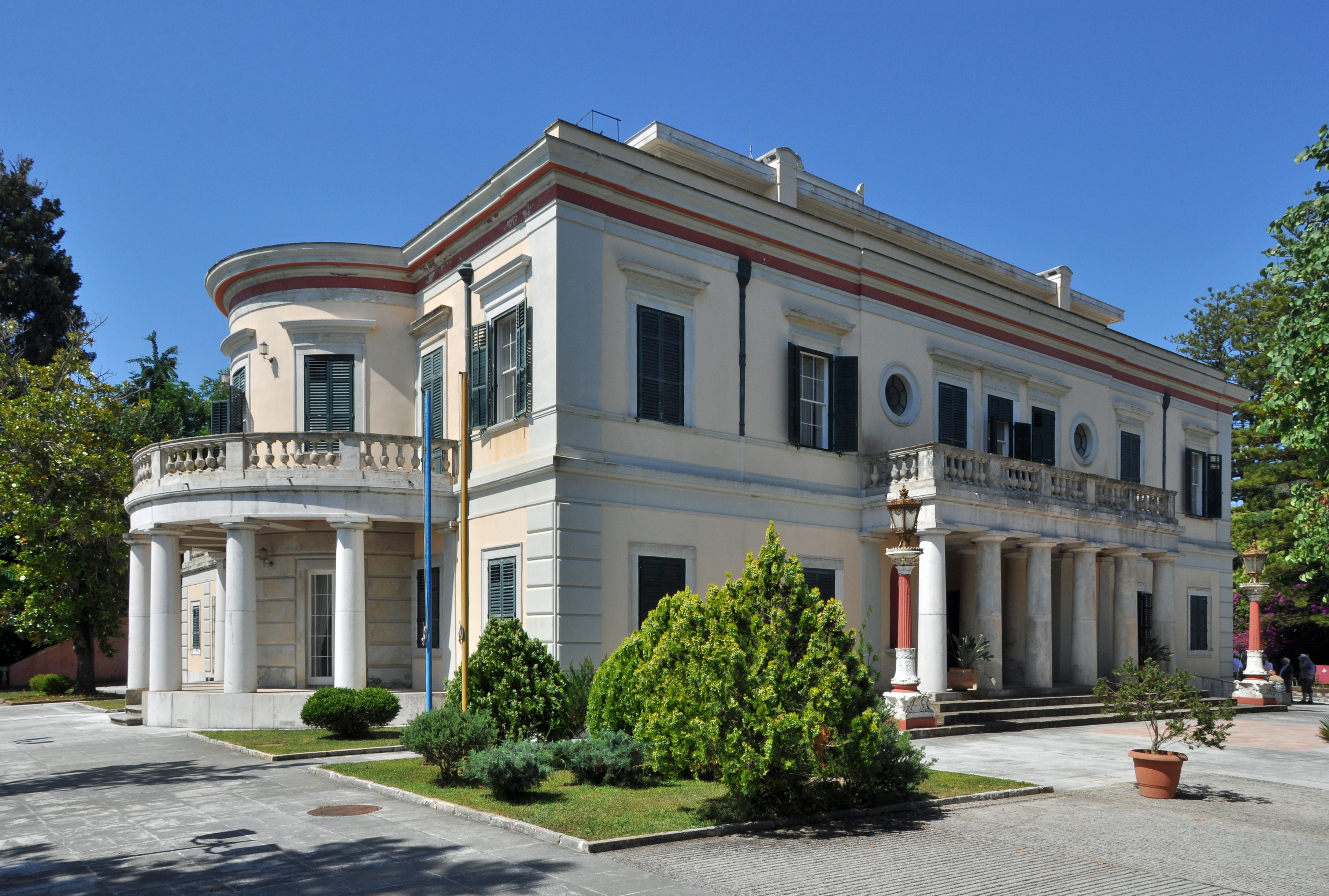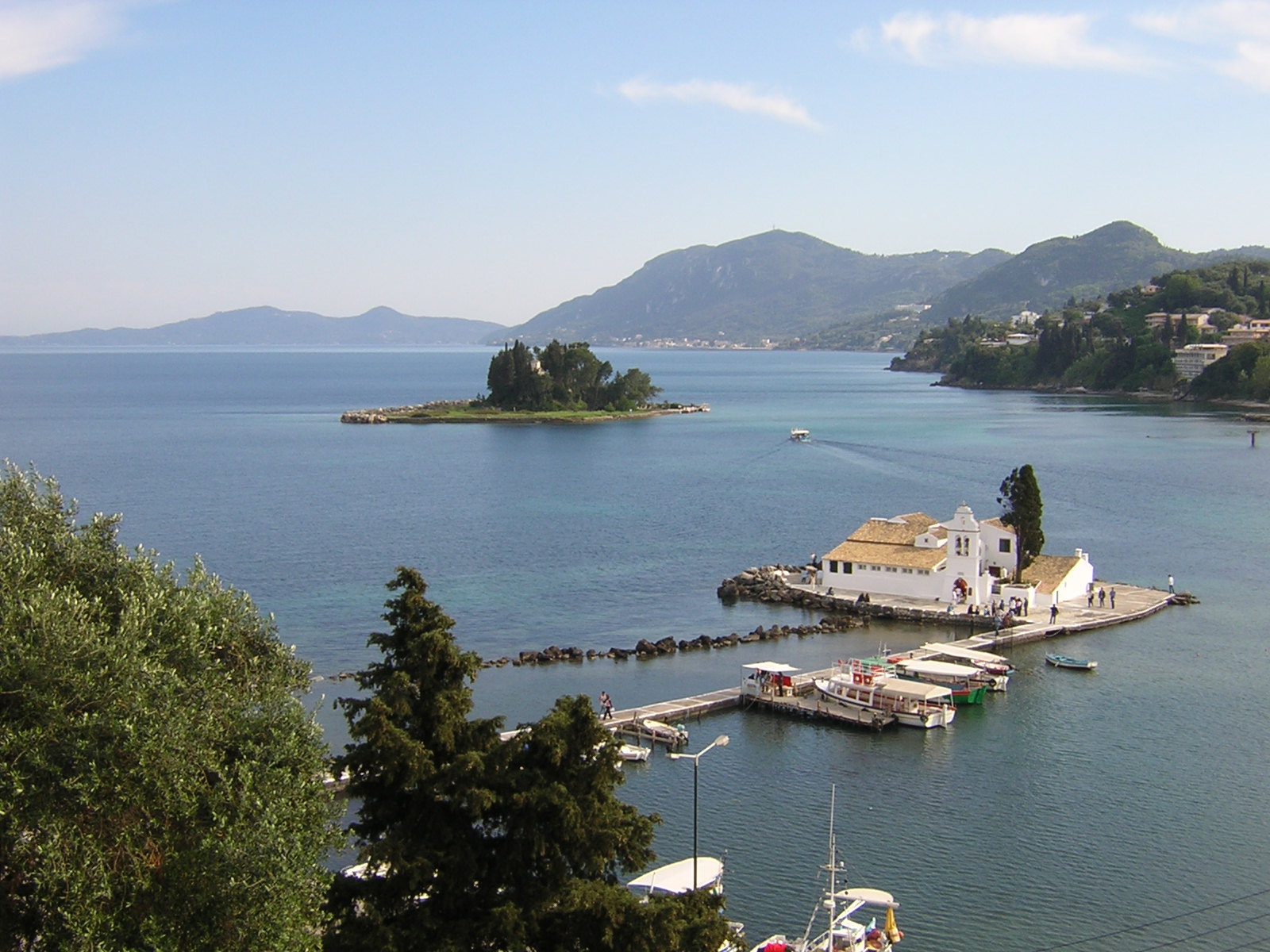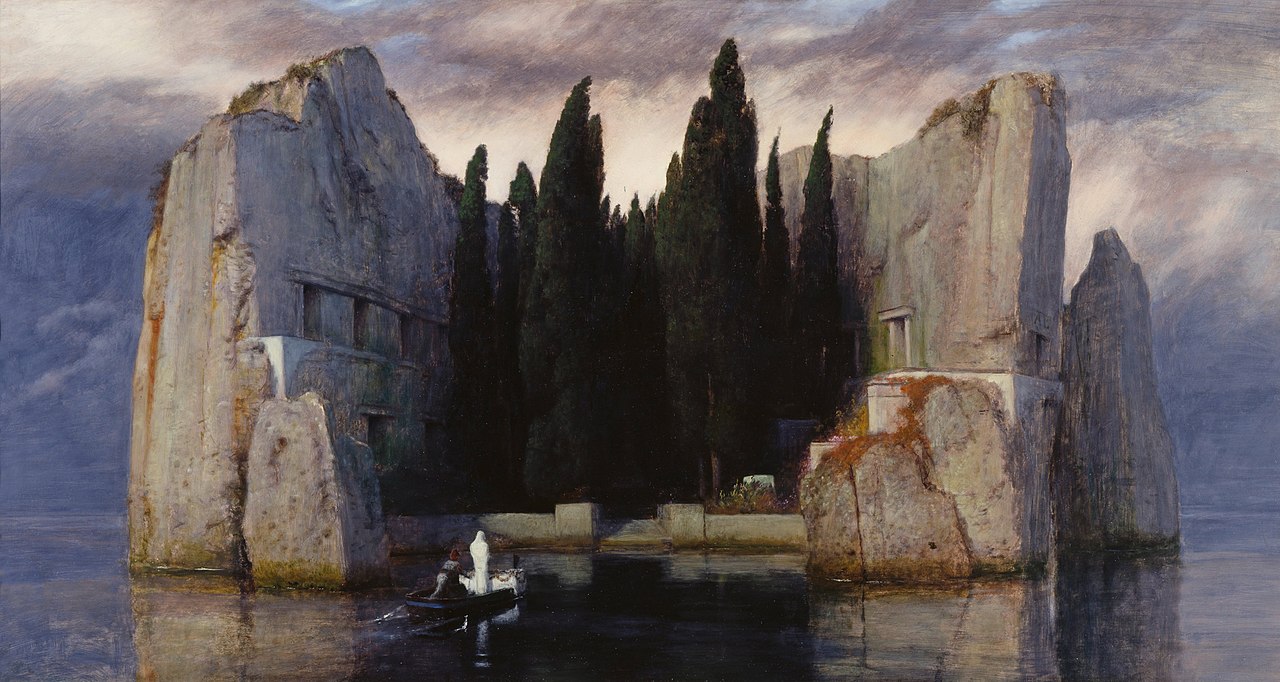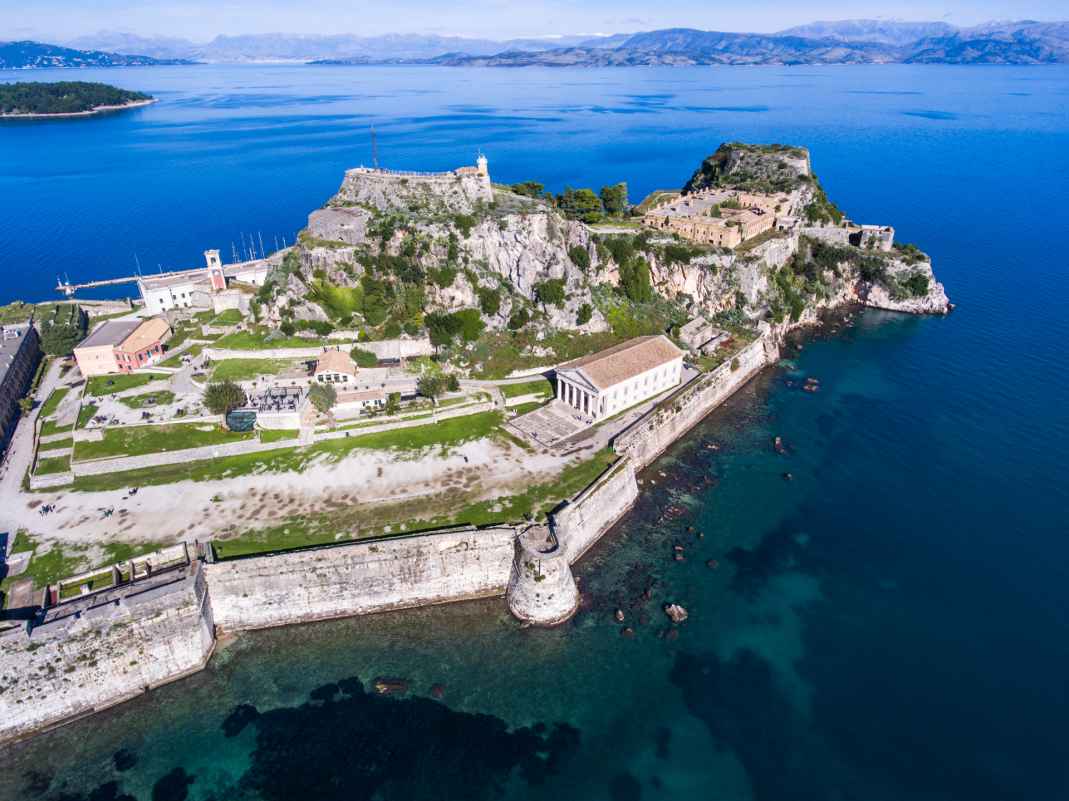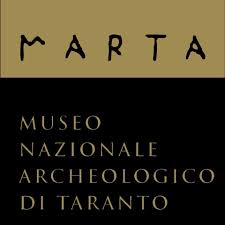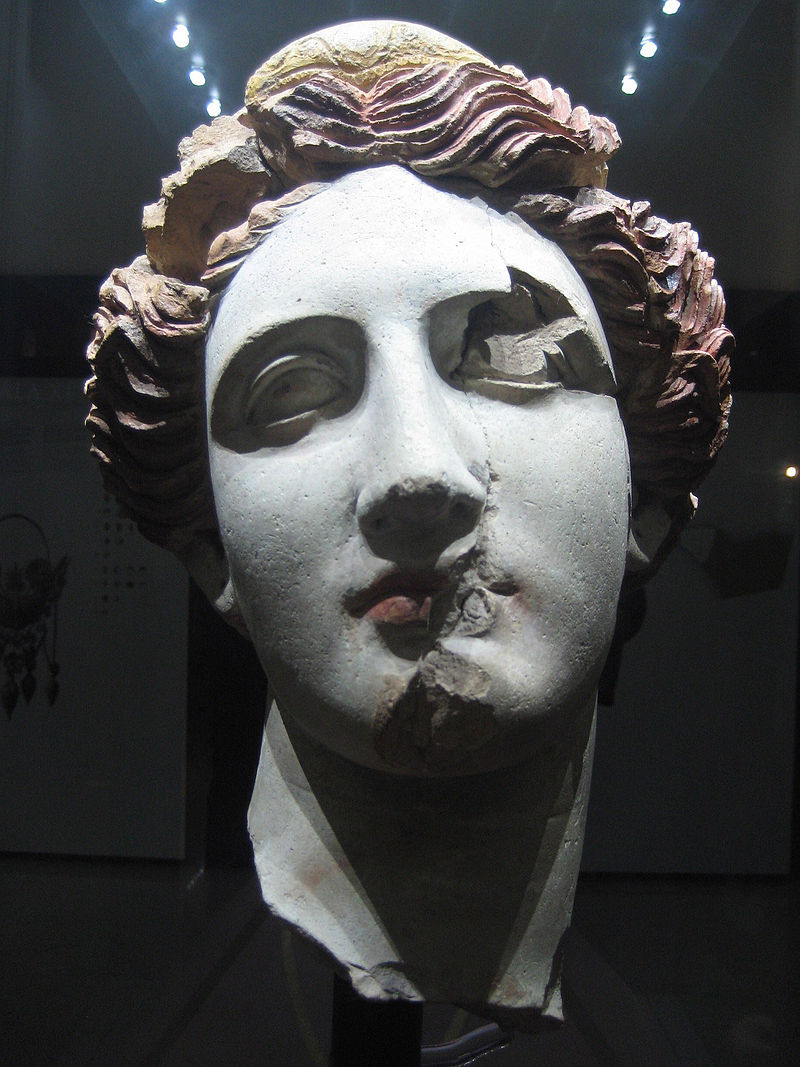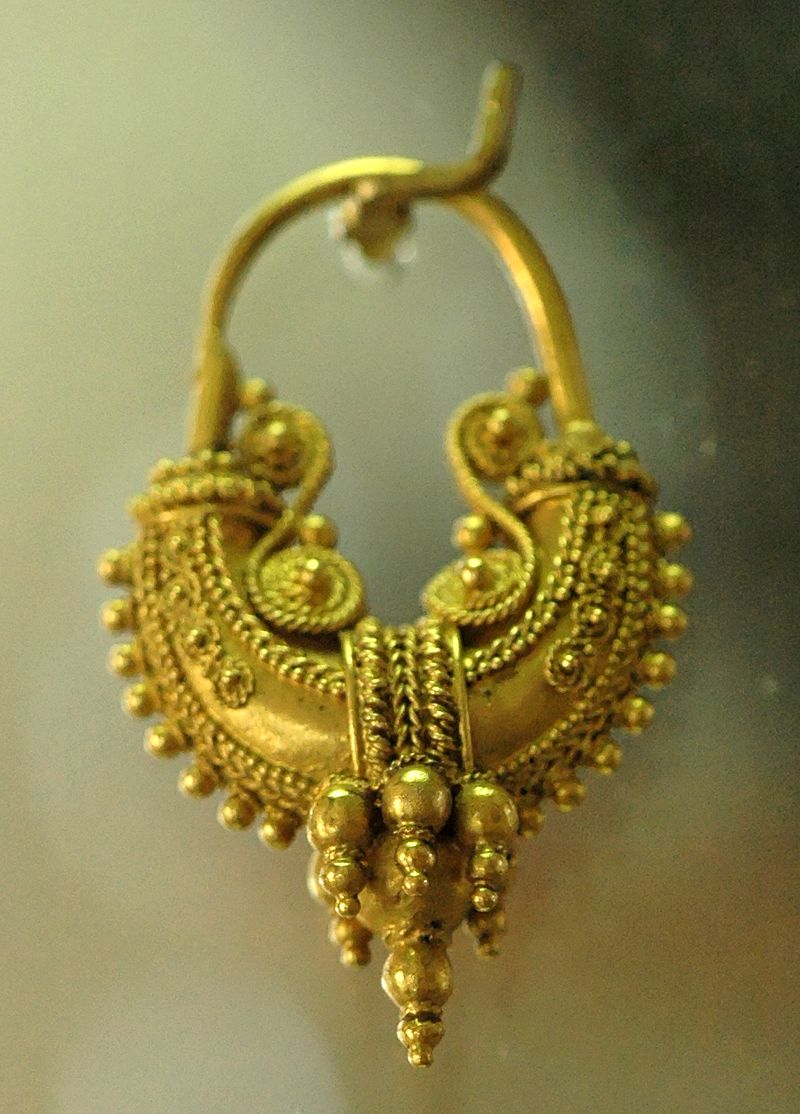 itinerary-13-Island-link-03
itinerary-13-Island-link-03
Pontikonisi Island And Vlacherna Monastery
Kanòni Peninsula is located south of Corfu, within Garitsa natural bay, and offers one of the most enchanting views in the island: that of Vlacherna Monastery, which seems to rise in the middle of the sea. It is connected to the mainland through a narrow jetty, used as a dock for fishing boats. From this small dock it is possible to get to Pontikonisi islet, with its Byzantine chapel dedicated to Christ Pantokrator. Various literary and artistic echoes have been linked to this place. It has been identified with the subject of Böcklin’s Symbolist painting, Isle of the Dead. If we are skeptical about this hypothesis, we can believe in those scholars who identified it with the island where Shakespeare set The Tempest; or with the Phaeacians’ ship that took Odysseus to Ithaca and was turned into stone by Neptune as an act of revenge.
